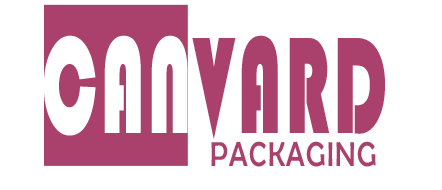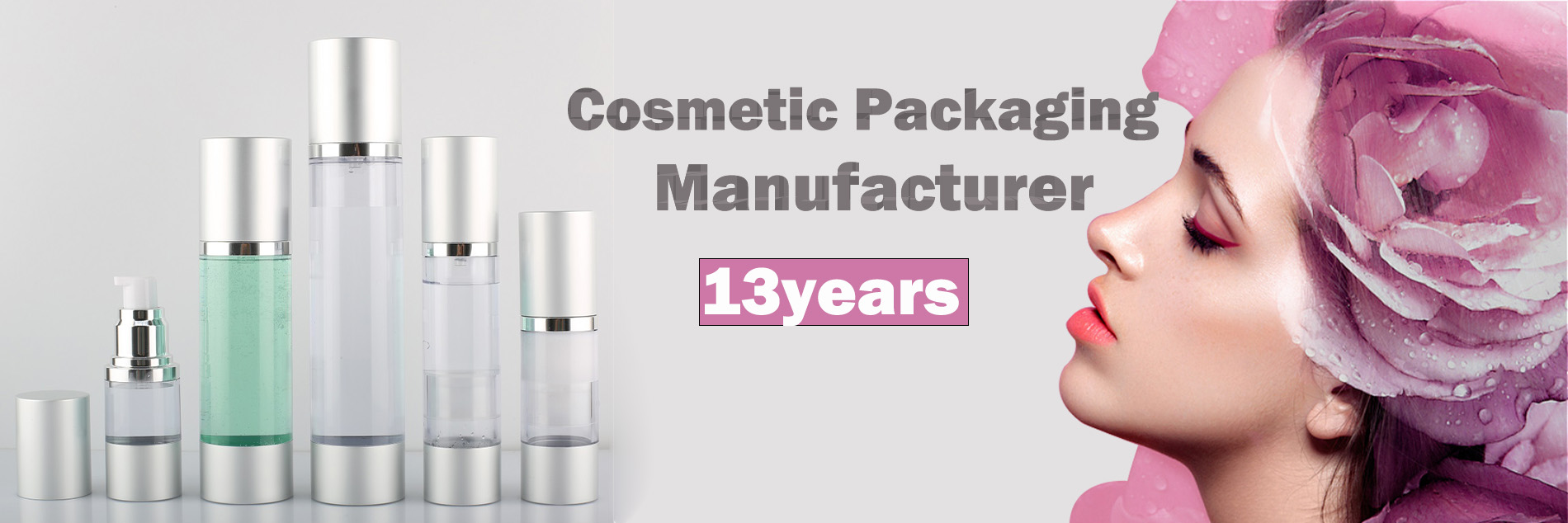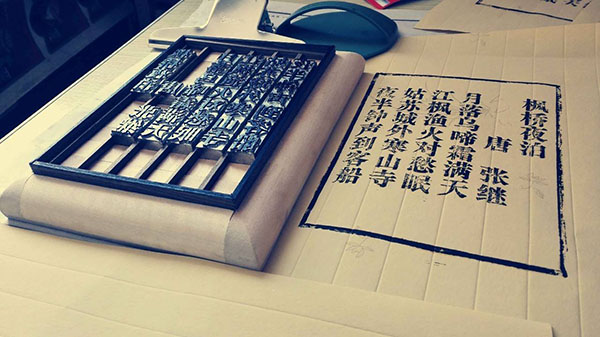UV offset printing and UV flexo printing
UV offset and UV flexo printing is the main difference between the ink road, ink and plate technology.UV offsctdruckereien due to a long ink road, up to 16 rollers, fountain system, as well as ink tank, need a little more automatic control process.UV flexo printing because of the ink road process is simple, only a relatively simple manual adjustment.
On the other hand, especially those using digital imaging version requires high quality printing, UV flexo printing production costs significantly increased.UV offset and UV flexo printing in special printing requirements have their advantages and disadvantages.There is no clear “winner”, only the most appropriate process to adapt to different needs.
In the printing range, UV flexo printing, more unique advantages.It can be glazing, printing metal color, can transfer 1 to 1 2 micron ink layer, can almost simulate the screen drum printing touch effect.At the same time, it can handle extremely fine gradient and printing process.UV offset ink transfer is limited to about 2 microns, so its high quality printing advantages can not be extended to all printing processing.
But because of the short ink path, UV flexo printing than UV offset printing faster conversion, modern UV offset printing unit can be more automatic cleaning of multiple printing units, greatly reducing the conversion time.
UV flexo printing can provide better self – visibility than UV offset printing, especially in bright colors, strong contrast color (contrast color).
UV offset printing still retains its solid advantages, not only in the printing quality gap, but also more simple, can achieve better quality requirements.If high quality processing is required, the plate source is easier to meet the requirements, printing variables more standardized.UV offset printing can be more easily, more cost – effective to achieve high – quality printing requirements.
Modern UV offset printing unit EPN XpanndTM provides a fast transfer printing combination, with low speed setting, rapid response of modern printing presses, such as officer, l – Combat and Xpanned in standardization of global or regional environment, have the computer intelligence technology, makes the UV offset printing and UV flexo also in repeated processing efficiency, because most of the variables are controlled by computer.In some simple configuration, UV flexo printing has obvious advantages.
The limitation of UV offset printing in repeated length size is not flexible, this is because of the printing unit of high value and larger size.Although label printers have shown from practical experience that rotary presses can use four to five sets of repeatable length sizes, that is enough to cover most of today’s needs.UV flexo printing can print any repeated length size, the investment cost is very small.
Wet offset printing is the most common process in the printing industry today.The basic principle is to use the ink balance between the printing area (printing ink) and the non-printing area (water) on the plate.The key is to maintain ink balance and stability and control.Anhydrous offset printing USES a silicon coating on the printing plate to remove ink from the non-printing area. The balance control also eliminates the use of water as a medium.Does not use water to print, making waterless offset printing dot sharper and better display.Waterless offset printing has the potential to achieve higher line number and contrast.Wet offset printing is more compatible than anhydrous offset printing.Water can be seen as cleaning the plate, ink road, a bit like in printing self-cleaning function.In anhydrous printing plate, dust and confetti can damage the silicon coating of anhydrous offset printing, making the requirements of substrate selection and clean working environment more demanding.
In general, waterless offsctdruckereien requires more maintenance and operator skills.Even small mistakes in the process can make a big difference in the quality of printing.
Printing ink temperature problem, has been the development of technology for many years.Waterless offset printing is still a very complex process, each process requires perfect control, to achieve high printing quality.
At printing speeds above 1 m/min, wet offset printing requires cooling rollers, and the amount of heat accumulated in the printing unit may affect the performance and density of the ink.
Waterless offsctdruckereien at any printing speed requires cooling rollers and ink coolers, as well as cooling plates in the center of the rollers.Because the temperature of the ink is very sensitive to control the quality of printing.Ink temperature limit in a very narrow range, only 3-4 ℃, higher or lower than the temperature, the ink becomes unstable and printing quality will be affected.In order to achieve better control printing effect, the factory needs air conditioning temperature control.
Offset printing is the most demanding process for mechanical components.When flexo printing only requires a limited printing pressure, offset printing requires a lot of pressure on the plate roller, in order to transfer the ink.Offset printing unit, assembly, and firmness, as well as ink road design and ink management system, will affect the final printing quality.
Most offsctdruckereien heads on the market can achieve acceptable printing quality at speeds of 30 to 40 meters per minute.To over 50 meters per minute machine speed, in order to get a good quality printing.The Xpannd offset head provides continuous high quality printing at a printing speed of 12 m/min.In the setting of a small amount of waste, and flexo printing process is very close.
The ink path of all parameters can be controlled by the calculator interface, and the ink management system can be remotely adjusted by the automatic control servo from the main control surface. The ink parameters can be stored and repeatedly called for use in the repeated processing, or the setting basis of the new processing can be based on this.In Settings, waste and time can be greatly saved, and all ink parameters are controlled, and can be copied!




